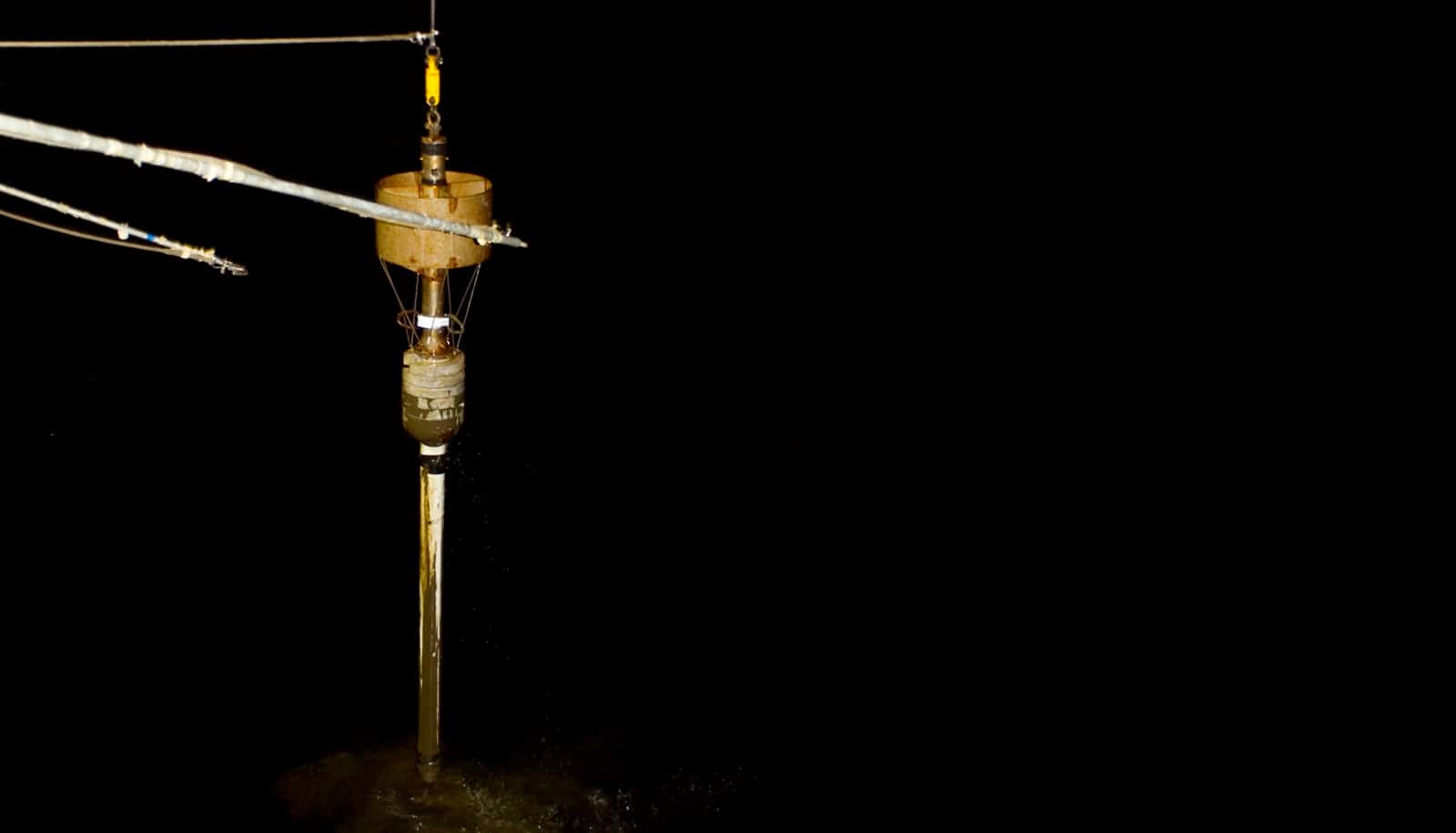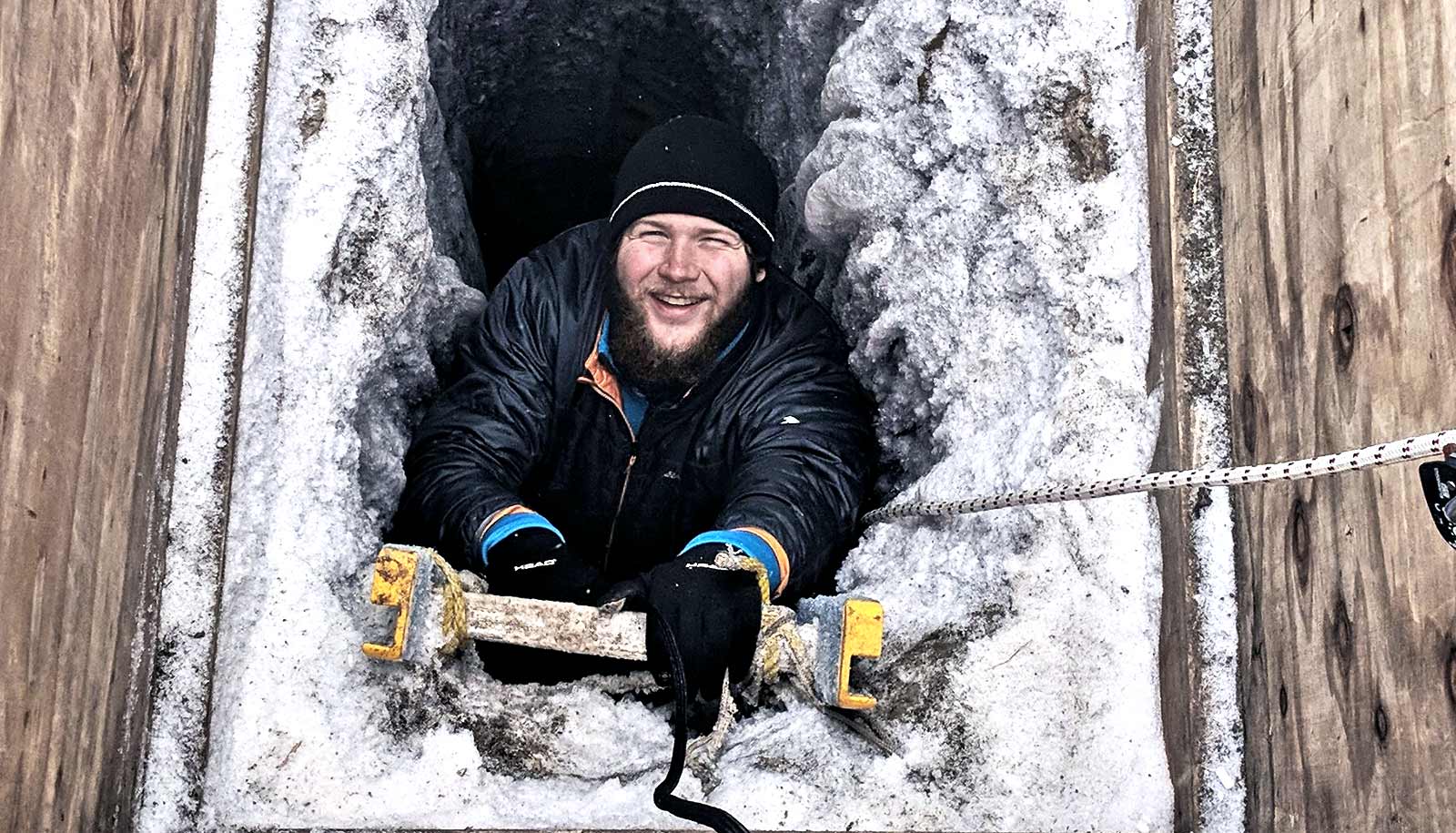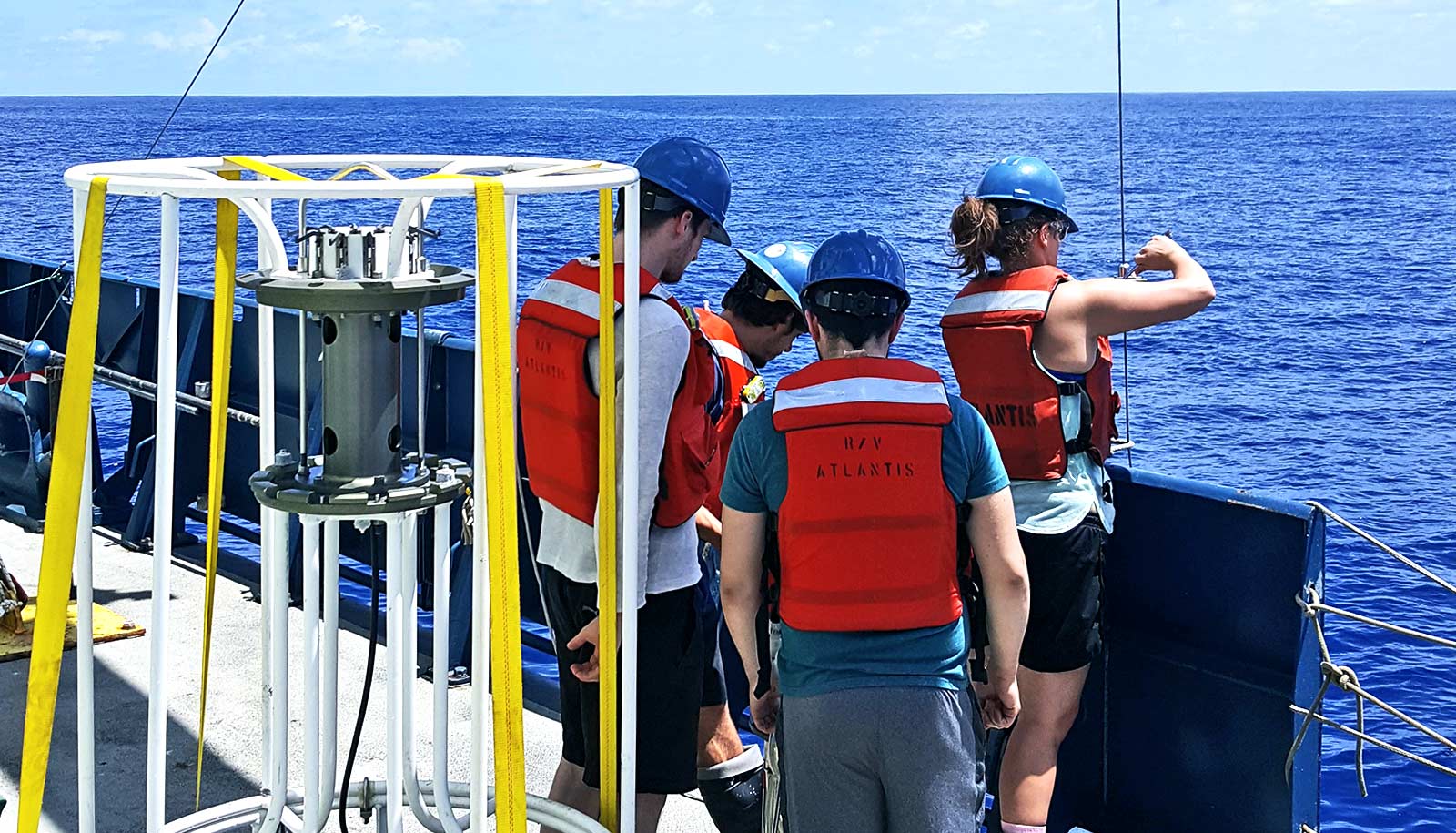Ocean cores show there’s life at 2,600 feet below the Indian Ocean seafloor.
The discovery, which appears in Nature, could open new doors for finding life at other remote areas of the word.
The team examined ocean cores from the International Ocean Discovery Program (IODP) that researchers drilled almost 2,600 feet beneath the floor of the Indian Ocean.
They found tiny microbes that are alive and active in the rock cores, and revealed how they survive so deep below the seafloor in an environment with no light, barely any space, and very little food.
“They are tiny, around 1 micrometer,” says Jason Sylvan, assistant professor in the oceanography department of Texas A&M University. “We can’t tell the age, but assume them to be currently extant, so not necessarily old, but in an environment that is extreme and subsurface.
“We believe this is the first research to show active microbes in this environment and to be able to describe their lifestyles using such a broad array of data streams.”
He says the findings could reveal secrets about how the Earth evolved and how life—no matter how small—can find ways to survive even in the most harsh and difficult of environments.
“This environment and lower oceanic crust is comprised largely of types of material called gabbro and peridotite, and these allow for some chemical reactions that were likely present on early Earth and also on other planets where water and volcanic rocks interact, Sylvan says.
“So this is an exciting discovery that expands the places on our own planet where life has been found, and also tells us what to look for elsewhere in the solar system.”
IODP is an international research collaboration that coordinates seagoing expeditions to study the history of the Earth recorded in sediments and rocks beneath the ocean floor. For the past 34 years, Texas A&M has operated the JOIDES Resolution research ship on behalf of the National Science Foundation to study the history of the Earth recorded in those sediments and rocks.
“It also shows us that microbial life is likely to persist wherever there is room for it and that it will evolve ways to live in those difficult environments,” says Sylvan.
The National Science Foundation funded the work.
Source: Texas A&M University



